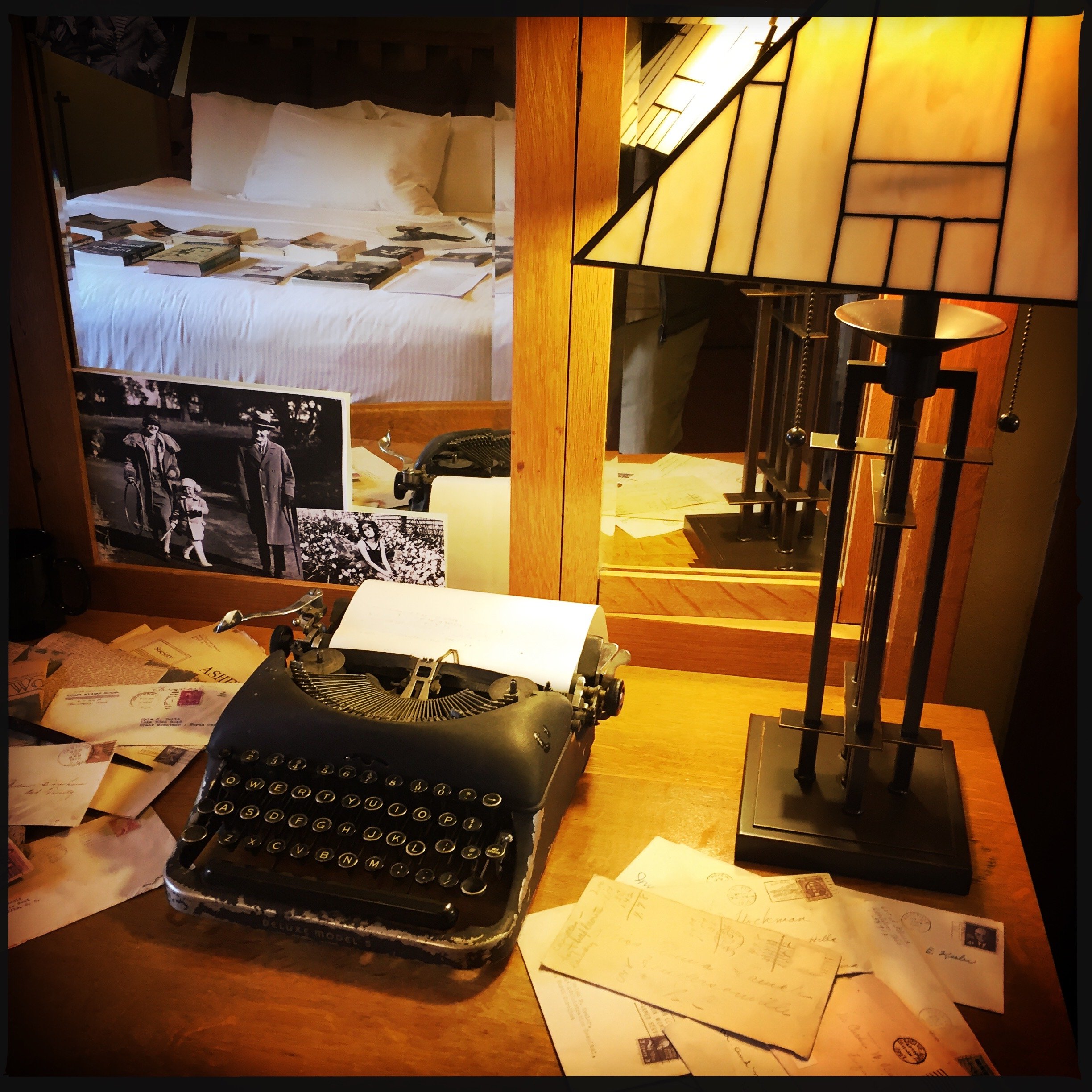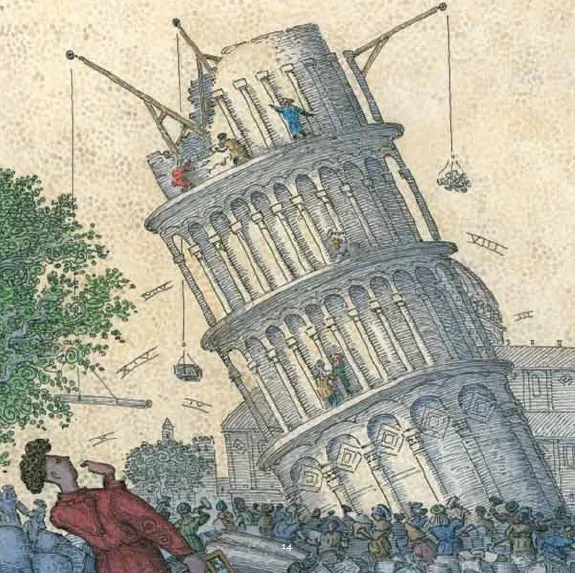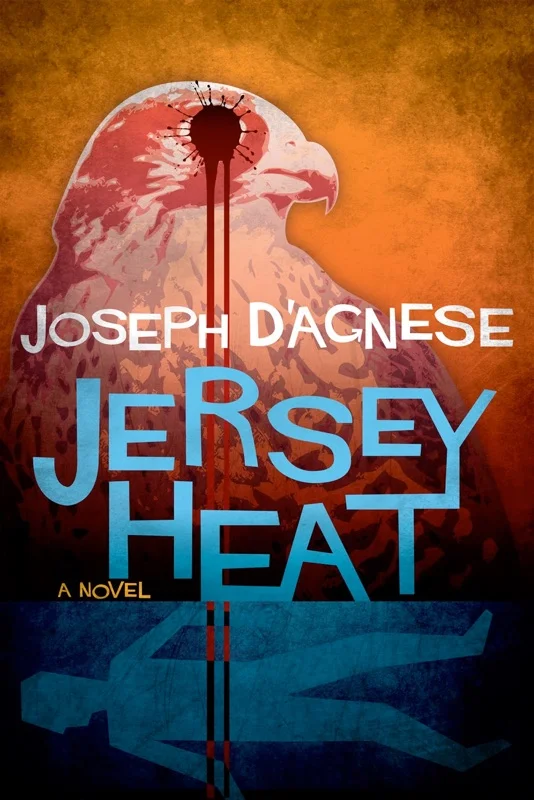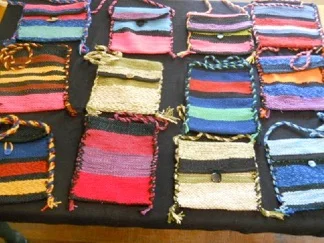Just a couple of Fibonacci thoughts after a weekend in the garden…
Mystery of the Sixes
Many times I’m asked, “Why do so many flowers have six petals? Six isn’t a Fibonacci number.” Well, it’s true that six isn’t a Fibonacci number, but three is, and many times the flower you’re examining isn’t truly a six-petal flower at all. It is, instead, a three-on-three petal flower. Here’s one of my favorites—the Siberian iris. At first glance, it is a six-petal flower. But then, notice: the three center petals are different from the three outer petals. The dark outer set unfurled first, and set the stage for the lighter-colored inner set of petals. Let that be a lesson to us all. That which appears to be un-Fibonacci sometimes proves to be Fibonacci times two!
Columbine Flowers
These pretty yellow columbine flowers just popped in my garden. (I like to pretend that the little statue is of Fibonacci himself!) Looking closely, I discovered an inner set of five petals and an outer set of five petals. Fibonacci numbers circling Fibonacci numbers...
Azaleas Yes, Fibonacci No.
These gorgeous flame azaleas used to pop every spring in front of our first house in North Carolina. The old, brittle shrub wasn’t planted in the ideal spot for azaleas, and always struggled in the heat of the summer. But we loved seeing its riotous color every spring.
Azalea flowers typically have 5 petals, which is indeed a Fibonacci number. (This bottom pic of pink ones shows this clearly.) But another source tells me 5 to 7 is the the normal range. This used to make me nuts. Five to seven? Why, oh why, couldn’t it be five to eight, since eight is a Fibonacci number? The answer is, nature does whatever it wants. Statistically speaking, seven is close enough to fall into the Fibonacci range. But you’d have to count a million azalea flowers to chart the results and prove it for yourself...
If you liked this post, check out the others in the series:

























